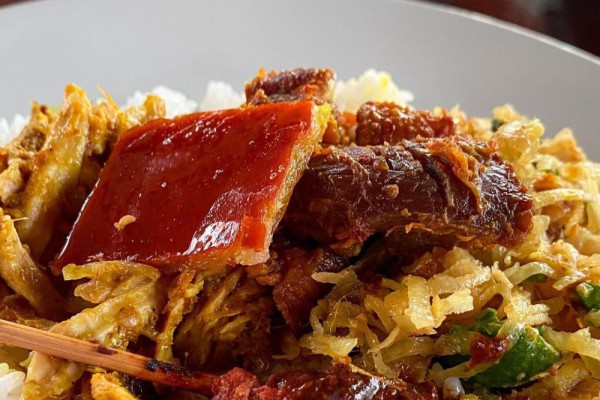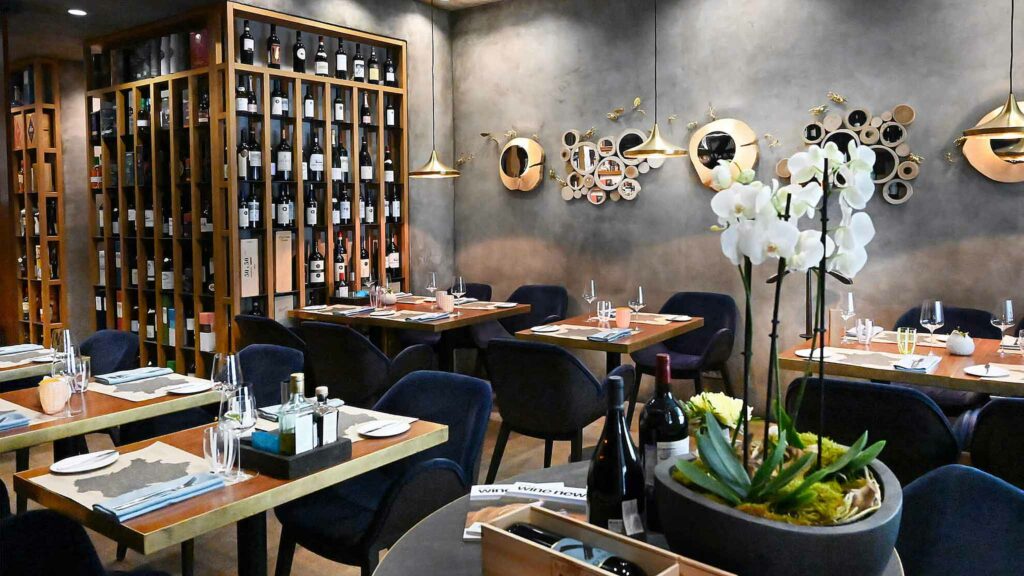Bali’s culinary landscape is a vibrant tapestry woven from local traditions and global influences. From humble street food stalls to luxurious fine dining restaurants, Balinese cuisine has undergone a fascinating transformation. This journey reflects not only changes in taste but also the island’s integration into the global food scene. Let’s dive into the evolution of Bali’s culinary offerings and uncover how this island has become a gourmet destination.
1. Street Food: The Heart of Balinese Cuisine

The journey begins at Bali’s bustling street food stalls, where local flavors are deeply rooted in tradition. Here, you’ll find:
- Warung Favorites: Small family-owned eateries, known as warungs, serve traditional dishes like Nasi Goreng (fried rice), Mie Goreng (fried noodles), and Satay (skewered meat). These dishes are prepared with local ingredients and time-honored techniques, offering a genuine taste of Balinese culture.
- Iconic Street Foods: From crispy Babi Guling (suckling pig) to sweet Pisang Goreng (fried bananas), street food in Bali is both diverse and delicious. The rich aromas and flavors are a testament to the island’s culinary heritage.

Babi Guling
2. Traditional Cuisine: Preserving Authentic Flavors
As Bali’s popularity grew, so did its traditional culinary practices, which began to gain international attention:
- Ceremonial Dishes: Dishes like Babi Guling and Bebek Betutu (slow-cooked duck) are often prepared for special ceremonies and festivals. These recipes have been passed down through generations, preserving the island’s cultural essence.
- Balinese Spices: The use of local spices and herbs, such as turmeric, ginger, and lemongrass, is fundamental to Balinese cooking. These ingredients provide a distinctive taste that sets Balinese cuisine apart.
3. Fusion Cuisine: A Global Influence
In recent years, Bali’s culinary scene has embraced global trends, creating a fusion of traditional and contemporary flavors:
- Innovative Restaurants: High-end establishments like Locavore and Mamasan blend local ingredients with international culinary techniques, offering a modern twist on traditional dishes.
- Global Influences: Chefs from around the world have brought new perspectives to Balinese cuisine, introducing global flavors and innovative cooking methods.
4. Gourmet Dining: The New Frontier

Bali now boasts a range of gourmet dining experiences that highlight its culinary evolution:
- Michelin-Starred Venues: The island has seen the rise of Michelin-starred restaurants and high-end dining venues that offer sophisticated dishes prepared with precision and creativity.
- Exclusive Culinary Events: Bali hosts exclusive food festivals and events, attracting renowned chefs and food enthusiasts who celebrate the island’s rich culinary heritage.
From the vibrant street food stalls to sophisticated gourmet restaurants, Bali’s culinary journey reflects a dynamic blend of tradition and innovation. For travelers, the island offers a unique opportunity to taste both the authenticity of traditional Balinese dishes and the creativity of modern cuisine.
